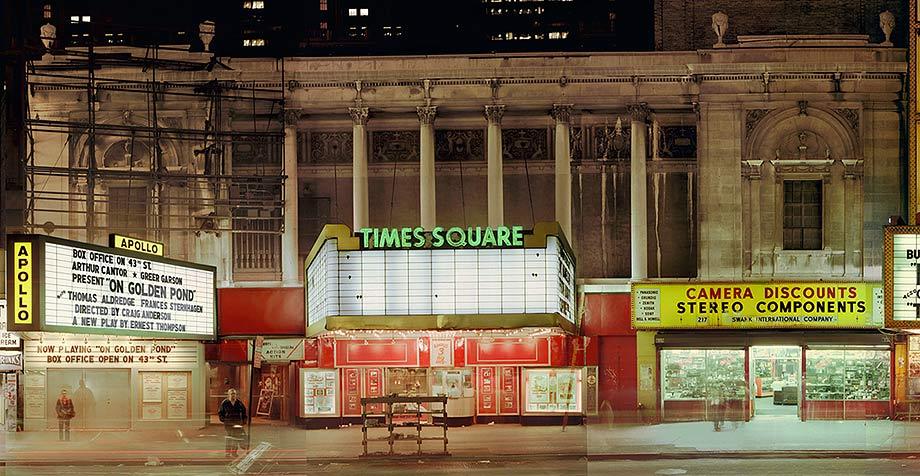NYC URBANISM
Exploring New York City's built environment, past, present and future
Brutal nyc
Brutal NYC is an ongoing project by NYC Urbanism that surveys brutalist architecture in and around New York City.
WEB STORE
Fine-art prints of historic photographs, maps and illustrations.
THE BLOG
Daily posts from NYC Urbanism covering everything from #MapMondays to contemporary development around the city.
20 Exchange
History of 20 Exchange Place, the City Bank Farmers Trust Building skyscraper in Lower Manhattan.
EAST SIDE ACCESS
One of the largest infrastructure projects in the United States is underway beneath the streets of Midtown Manhattan. A new eight-track train terminal is being carved out of the bedrock 150 feet below Grand Central and will soon accommodate 162,000 Long Island Rail Road commuters daily.
THE BARCLAY VESEY BUILDING
When constructed in 1927, the Barclay-Vesey Building at 140 West Street was one of the first examples of a new form of architecture that would soon define the next quarter-century of high-rise development in New York City and around the world. Shaped by the 1916 zoning law, which required setbacks to allow light and air to reach the street, this new style created by municipal regulation soon became an aesthetic, often accompanied by Art Deco ornamentation.
TIMES SQUARE THEATER
After decades of neglect, conversion, and demolition, in the late 80s, Times Square theaters began a revival that ignited the resurgence of the district. Today, one of the original theaters is undergoing a dynamic multi-level renovation to be transformed into an iconic destination in the heart of one of the world’s most visible and energetic environs.
Daily blog posts exploring architecture, planning, policy, preservation, history and of course, #MapMondays.










